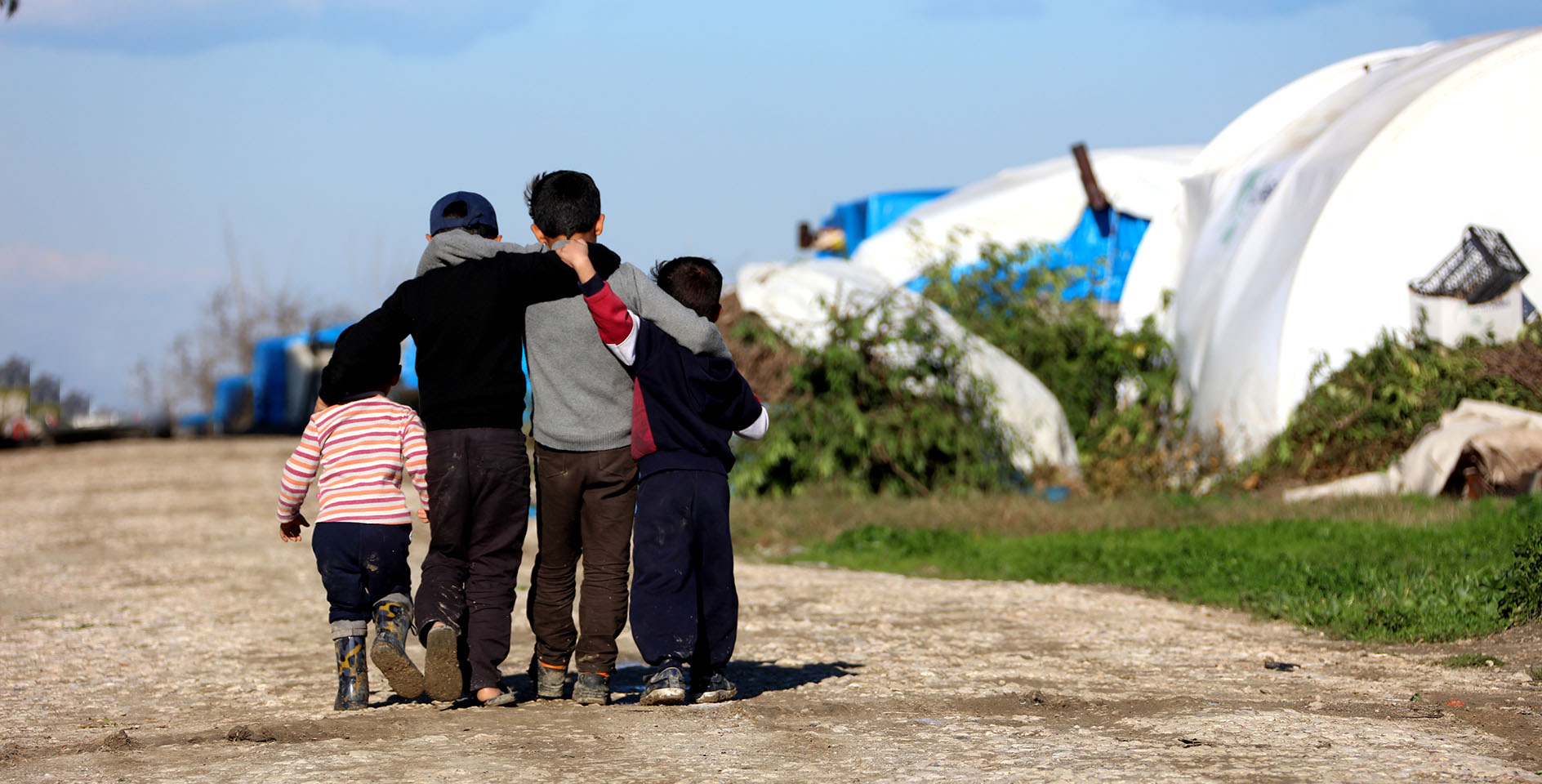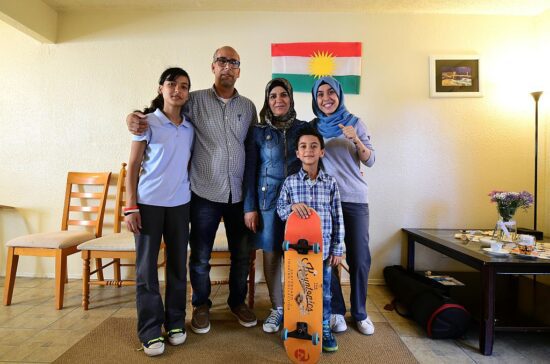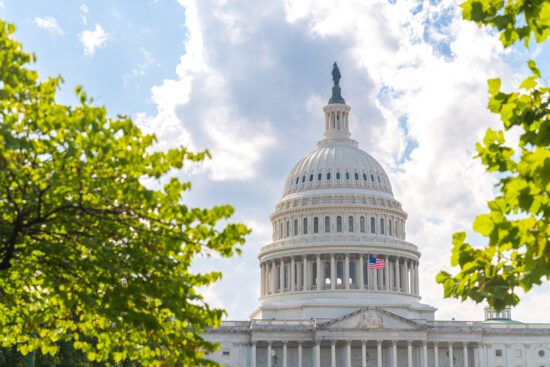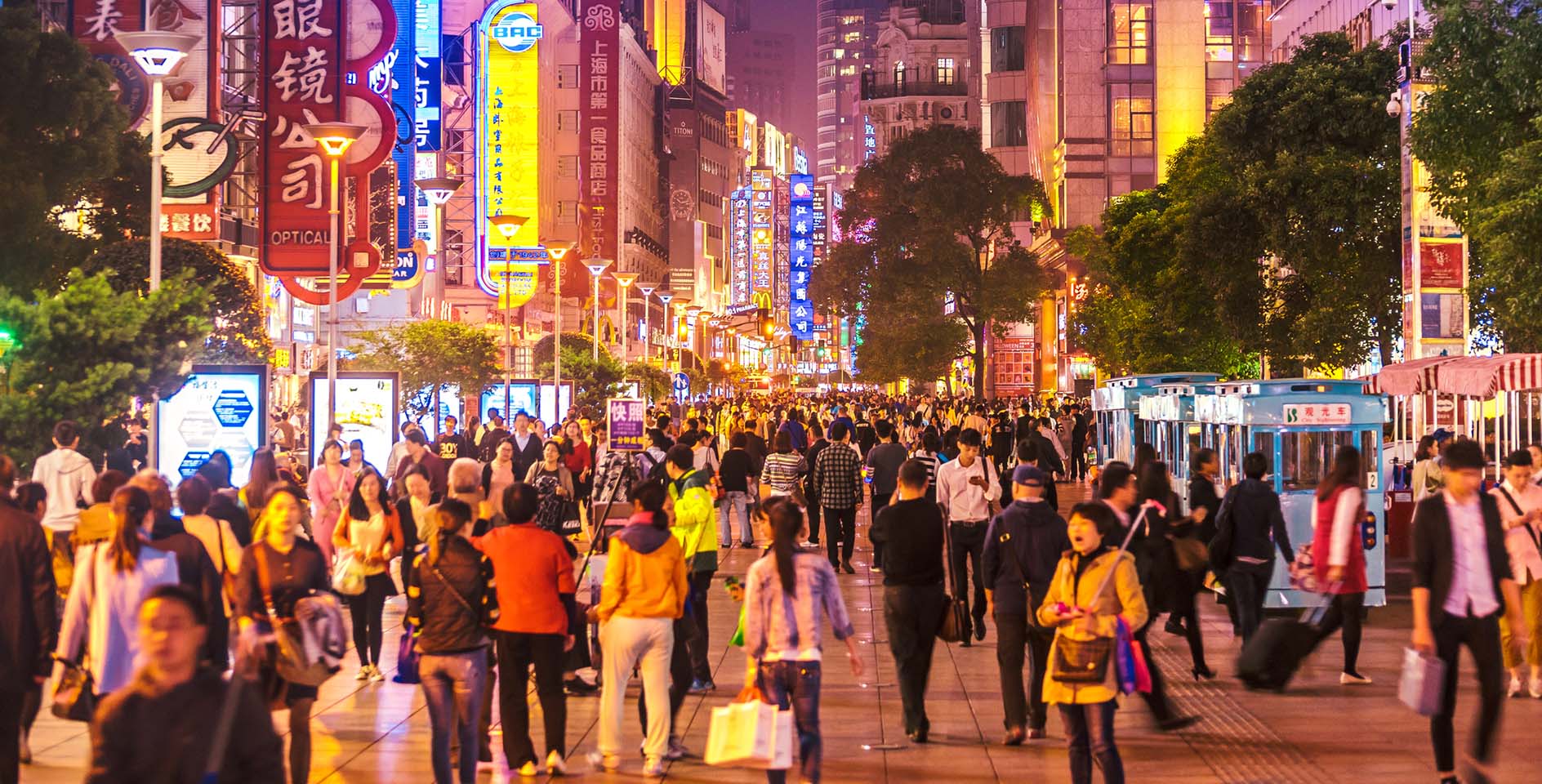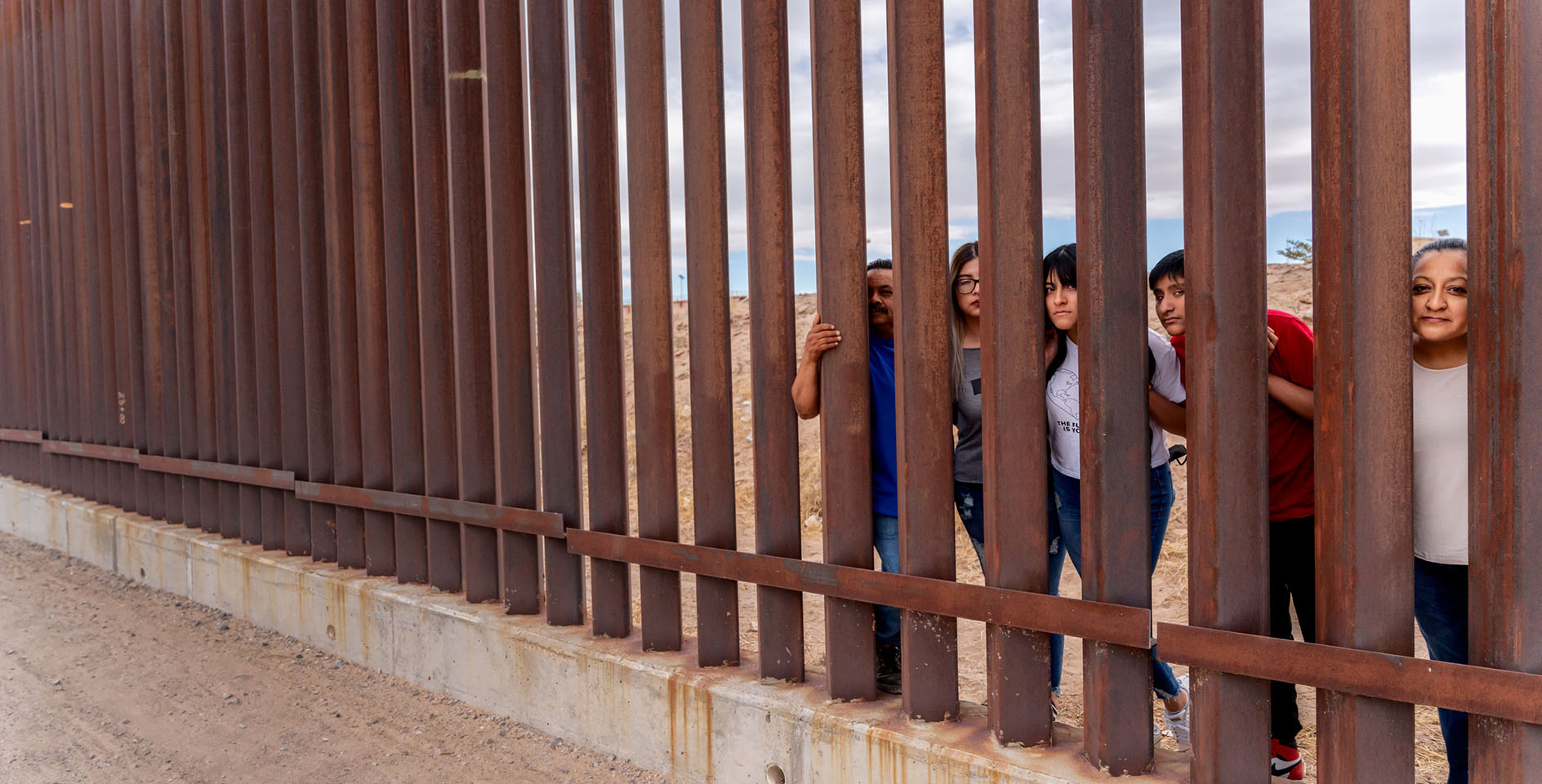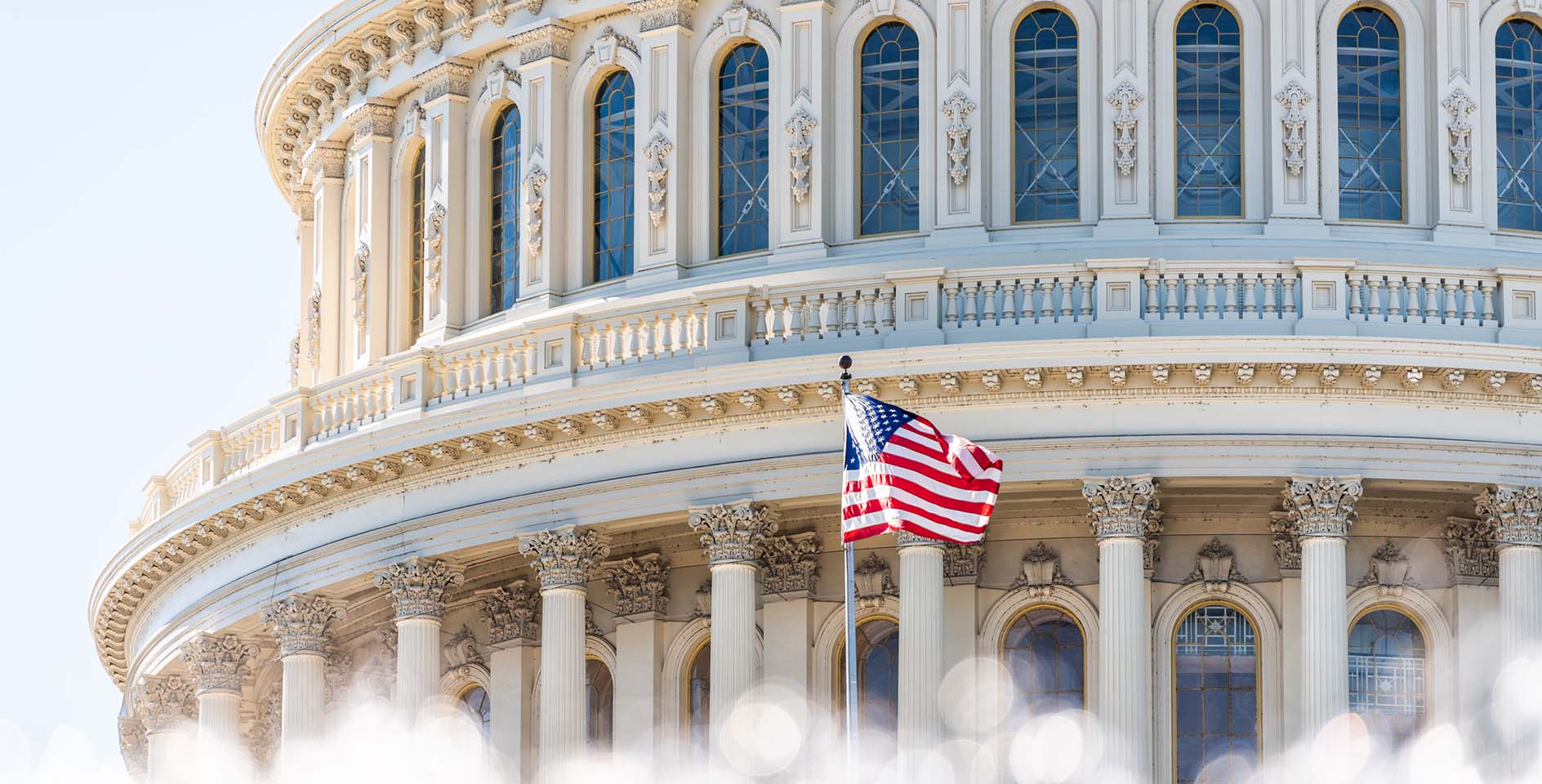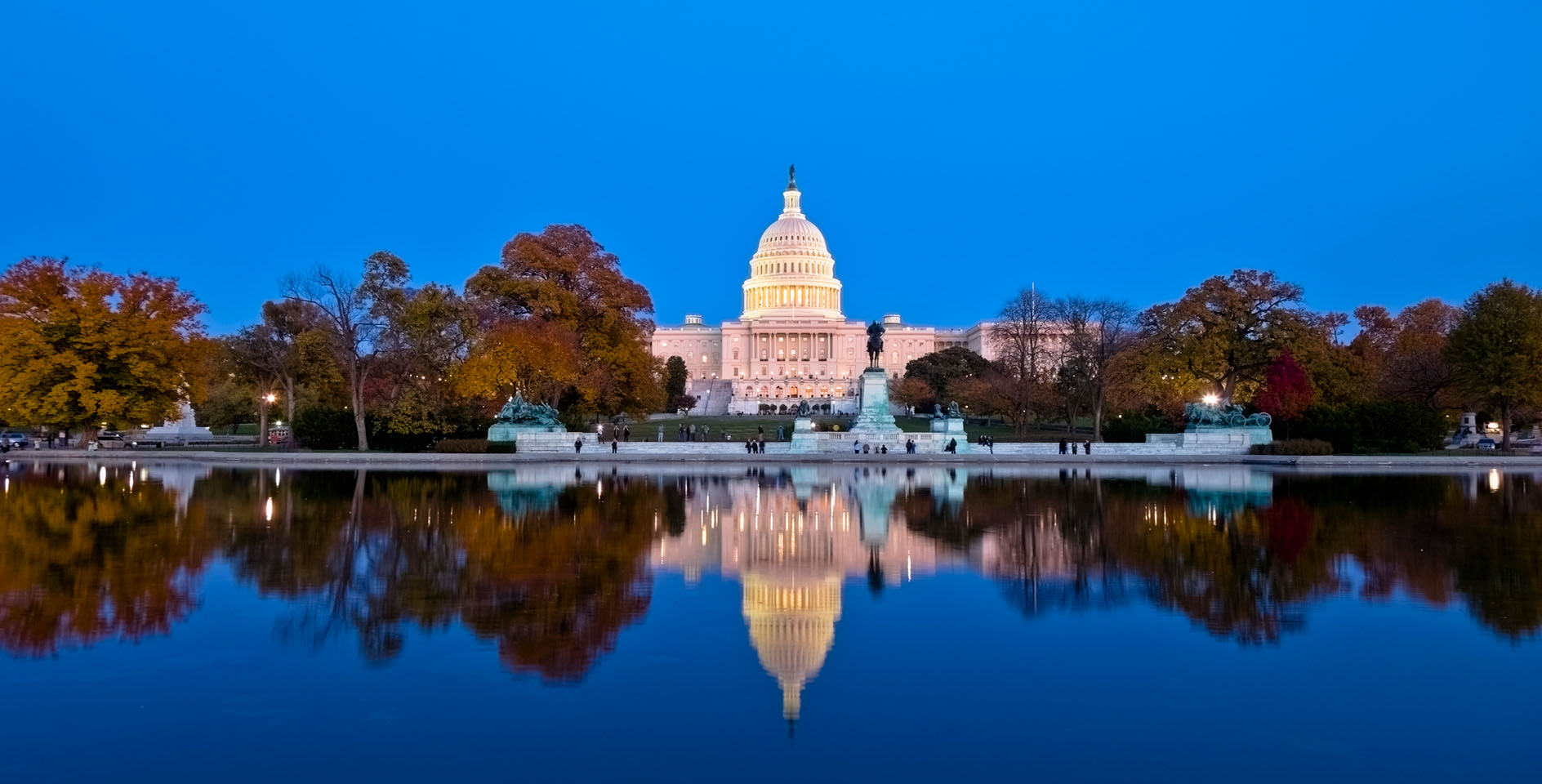Recently, President Biden announced that he would set the United States’ annual refugee ceiling for fiscal year 2023 at 125,000. Traditionally, actual resettlement numbers have tracked closely with that number set by the president each year. However, in recent years, the U.S. has fallen far short of that ceiling. This declining resettlement comes at a time of historic displacement around the world. According to the U.N. High Commissioner for Refugees (UNHCR), 89.3 million people, or 1 in every 88 people on earth, have been forcibly displaced with 27.1 million of those meeting the formal definition of a refugee, roughly half of whom are minors.
In this time of immense need, it is vital that the U.S. go beyond symbolically setting a significant resettlement cap and actually invest in rebuilding a robust system that can meet those goals and help the most vulnerable around the world. In order to improve our resettlement system, it is essential to understand its history, current processes, and the challenges it faces.
The history of U.S. refugee resettlement
The U.S. has a long history of welcoming persecuted peoples and refugees, even going back to the nation’s founding. For much of our history, refugees came to America with little formal process. It largely wasn’t until the 1900s that federal laws and agencies began strictly governing immigration and refugee resettlement. Much of our current system was born out of World War II as Europe was overwhelmed with millions of people displaced by the war and the U.S. began reckoning with its own failures to offer refuge to many Jews and other persecuted groups prior to and during the war.
In 1980, during an influx of refugees following the Vietnam War, Congress passed the Refugee Act of 1980. This law created our modern-day refugee system by adopting a standardized definition of a “refugee,” creating the Office of Refugee Resettlement to oversee resettlement processes, providing the first statutory basis for asylum, and formalizing the United States Refugee Admissions Program (USRAP).
Every year since then, the president has set, through a “Presidential Determination,” a cap for the maximum number of refugees that the U.S. will resettle in that given fiscal year. The highest Presidential Determination ever set was in 1980 at 231,700 and the lowest in 2020 at 18,000, with a historic average of about 95,000 since the program began. Since 1980, the United States has resettled more than 3.1 million refugees, more than any other country in the world.
How are refugees resettled in the U.S.?
Under the Immigration and Nationality Act (INA), a refugee is “an alien who, generally, has experienced past persecution or has a well-founded fear of persecution on account of race, religion, nationality, membership in a particular social group, or political opinion.” Those who meet this definition may seek refugee status if they are outside of the U.S. or asylum status if they are physically in the country. The first step for an individual who meets this definition is to register with the UNHCR. The UNHCR then must determine whether the individual qualifies as a refugee and what the best solution for them is. Generally, less than 1% of those who qualify as refugees are ultimately resettled to a third country each year.
Once an individual is referred by UNHCR for resettlement in the U.S., a network of federal agencies and non-governmental organizations work together to conduct intensive security, biometric, and eligibility screenings. Following these screenings, refugees then must be approved for travel, go through medical exams, and be sponsored by a domestic resettlement agency. Refugees then face final vetting from Customs and Border Patrol upon their arrival to the U.S. Through these rigorous processes, refugees are some of the most thoroughly vetted individuals who come to America.
Once a refugee is in the U.S., a resettlement agency, in partnership with the U.S. government, works to integrate them into the community and help them successfully start a new life. In previous years, this process would typically take on average 18 to 24 months.
Significant challenges
Though there are few concrete estimates, this already lengthy process now, for a number of reasons, is currently averaging over 5 years. A number of factors have caused incredible slowdowns and backlogs throughout the process that have severely lengthened the amount of time it takes for a refugee to be resettled and limited the number of individuals able to actually be resettled each year, regardless of the cap that is set by the president. Despite the 125,000 cap set by Biden in fiscal year 2022, the U.S. only resettled just over 25,000 refugees.
Because domestic refugee resettlement agencies are funded by the government based on the number of refugees that they resettle, the Trump administration’s decision to significantly curtail resettlement forced an estimated 134 resettlement sites to close and capacity to be cut by about 38%. It has proven to be difficult for resettlement agencies to rebuild their capacity in re-opening locations, rehiring staff, and rebuilding volunteer networks, given the unreliable nature of their funding. Additionally, overseas processing and interviews have been slow to recover from the COVID-19 pandemic and Trump-era cuts. Other factors such as understaffing across federal agencies have contributed to a largely unworkable system for many individuals in dire circumstances.
While there are a number of real, logistical challenges facing the resettlement system, at its core, the issue is largely one of political will. If both the Biden administration and Congress wanted to truly fix our resettlement system, they could choose to funnel increased resources to the appropriate federal agencies and create new funding streams for resettlement organizations. Rebuilding the refugee resettlement program is certainly a massive feat, but it is one that can be done if our leaders choose to prioritize it.
Why does it matter?
In the absence of a nimble and efficient refugee system, our government has turned to a tool known as “humanitarian parole” as a substitute. Humanitarian parole may be used to deliver people quickly to the U.S. in the case of a humanitarian crisis. Over the last year, the U.S. government used this tool to assist Afghans following the withdrawal of U.S. troops and Ukrainians following the invasion of Russia. While this did allow people to be moved out of harm’s way quickly, it came at a cost. Parole is a temporary solution to what is often a long-term crisis. It provides only temporary protection for individuals in the U.S. and does not offer them the resettlement support given to formal refugees. Congress had to act to provide resettlement benefits to Afghans who were evacuated here, and still must act in the future to allow Afghans to stay lawfully in the U.S. moving forward.
Another consequence of our current resettlement system is that a growing number of people find that their only option is to present themselves at the U.S. southern border. If an individual believes that they meet the definition of a refugee but is languishing in backlogs and processing overseas, they may choose to travel to the southern border and seek asylum either at a port of entry or by presenting themselves to a border patrol officer along the border. Over the past year, we’ve seen not just individuals from the “Northern Triangle”⸺ El Salvador, Guatemala, and Honduras⸺arriving at the border, but people from all over the world who ideally should be processed as refugees closer to home. For example, as the Communist regime in Venezuela has crumbled into a humanitarian crisis over the last year, some 187,000 Venezuelans have made the treacherous journey through the Darién gap and presented themselves for asylum at the southern border. A functioning resettlement system both better serves those who are vulnerable and need to flee while also relieving our overwhelmed resources at the southern border.
As Americans, it can be easy for us to feel distant from refugees around the world and to wonder why these backlogs and challenges matter. First of all, this matters because these people matter greatly to God, and we are called to love, serve, and work for their good. These issues in the resettlement system are affecting the real lives of some of the most vulnerable people on the planet, and a system that was designed to assist them in finding refuge is often leaving them stranded and unable to receive help in a timely and effective manner.
The Bible is unequivocally clear in its command for Christians to care for the persecuted and vulnerable. Throughout the narrative of Scripture, we see over and over God’s call to care for the immigrant and the refugee as vulnerable people made in the image of God (Matt. 25:35-40, James 1:27). The Southern Baptist Convention has reaffirmed this command to care for the “stranger” among us through numerous resolutions declaring “the value and dignity of immigrants, regardless of their race, religion, ethnicity, culture, national origin, or legal status” and encouraging “people to increase their involvement in resettlement of legal refugees through the enlistment of sponsors and the provision of church-centered ministries.”
Historically, people of faith have led the way in resettling refugees. On a national level, six of the nine agencies that work with the U.S. government to resettle refugees have religious roots that motivate their work. On a local level, last year saw a renewed effort from Christians and churches to assist in resettling the Afghans who were evacuated and paroled into the U.S. We saw churches open their doors, families make meals, and Christians rise up to welcome our new Afghan neighbors. World Relief, a Christian refugee resettlement organization, saw their number of active volunteers double in 2021. Recent polling indicated that 36% of evangelicals have been directly involved in serving refugees and immigrants, and 70% say that the U.S. has a moral responsibility to accept refugees.
Christians care about refugees and are often on the frontlines in serving and welcoming them to our communities. Alongside that important work, we must also continue to advocate and encourage our lawmakers and political leaders to similarly value these vulnerable people and invest the necessary resources to truly allow our nation to once again be a place of refuge for the persecuted.



